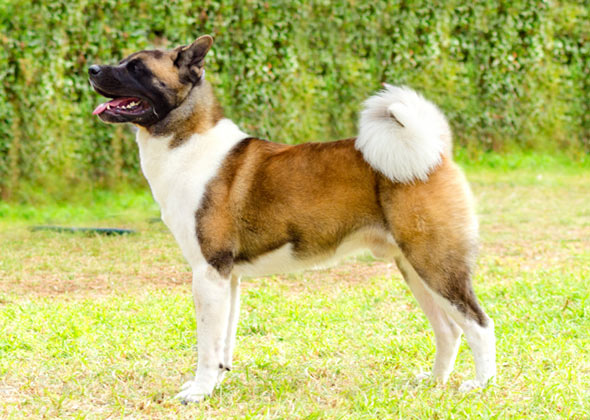4 Common Questions About Cat and Dog Tails
Published on February 29, 2016
Skip To
Whether they’re wagging or twitching, there’s a little bit of mystery surrounding our cats’ and dogs’ tails.
Ever wonder what a happy tail is? Or why some dogs have a penchant for chasing them? We’ve pulled together Dr. Marty Becker’s answers to frequently asked questions about these bushy appendages.
More on Vetstreet:
Ever wonder what a happy tail is? Or why some dogs have a penchant for chasing them? We’ve pulled together Dr. Marty Becker’s answers to frequently asked questions about these bushy appendages.
More on Vetstreet:









